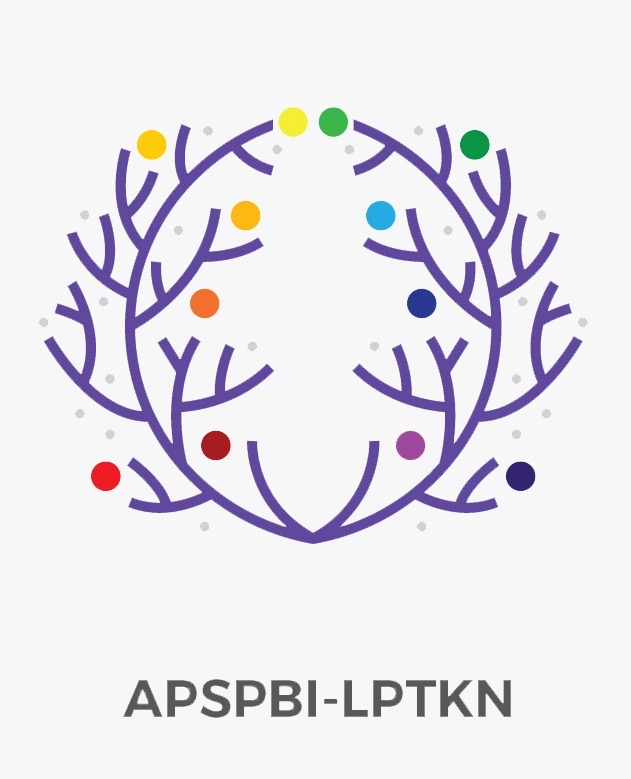USING AN ANIMATION FILM ZOOTOPIA AS AN ALTERNATIVEMEDIUM TO TEACH VOCABULARY
DOI:
https://doi.org/10.53682/jellt.v6i1.6925Keywords:
Animation Film, Zootopia, Teaching VocabularyAbstract
The aim of this study is to find out the effectiveness of using animation film Zootopia to teach vocabulary to improve students achievement in vocabulary mastery This study is conducted in SD Labschool Universitas Negeri Semarang and the samples are taken from population of the third grade students in the academic year of 2016 2017 This study applied quasi experimental research design The population of this study was the third grade students of SD Labschool Universitas Negeri Semarang in the academic year of 2015 2016 Meanwhile the sample consisted of 34 students from two classes The study was started by giving pre test treatments and post test to both groups The experimental group 3A was taught by animation film entitled Zootopia while the control group was taught by regular technique The data were obtained by giving test to both groups The pre test result showed the average score from two groups 71 13 for experimental group and 72 06 for control group It meant both groups in the same level After having treatments the mean of the experimental group was 87 50 and the control group was 80 39 The results showed a lot improvement in group that got treatment using Zootopia film experimental group than the group that got regular treatment The independent sample result of post test showed that the significant different level 2 tailed was 0 03 Since Sig 2 tailed was lower than = 0 05 pvalue gt; 0 05 it could be concluded that there was significant difference from experimental and control groups From the result above it was concluded that the treatment given in the experimental group achieved an enhanced result There was significant difference of students vocabulary mastery scores through Zootopia movie The different means between pre test and post test was statistically significant Thus the use of Zootopia film toward the students mastery English vocabulary at the third grade students in SD Labschool Universitas Negeri Semarang in academic year 2016 2017 was significantly effective and it would give long term assistance for the students < p>
Downloads
References
Alqahtani M 2015 The importance of vocabulary in language learning and how to be taught International Journal of Teaching and Education 3 3 pp 21 34
Annisa L I Rohani 2015 Developing quartet card games for teaching vocabulary A case of the eighth grade students of SMP Islam Al Madina Semarang in the academic year of 2014 2015 ELT Forum 4 1 pp 1 7
Burgmeire A 2009 Inside reading: The academic word list in context Oxford University Press
Brown J W Lewis R B Harcleroad F F 1977 AV instruction: Technology media and methods McGraw Hill
Cameron L 2001 Teaching languages to younglearners Cambridge University Press
Creswell J W 2009 Research design: Qualitative quantitative and mixed methods approaches 3rd ed SAGE Publications Inc
Eggen P D Kauchak D P Harder R J 1979 Strategies for teacher: Information processing models in the classroom Pentice Hall Inc
Evertson C M Emmer E T Clements B S Worsham M E 1997 Classroom management for elementary teachers 4th ed Allyn and Bacon
Hall J K 2002 Teaching and researching language and culture Pearson Education Limited
Harmer J 2007 The practice of English languageteaching 4th edition Longman
Heaton 1975 Writing English languagetests Longman Inc
Hornby A S 1995 Oxford: Advanced learner s dictionary 5th edition Oxford University Press
Ilmi I K Fitriati S W 2020 Teachers perceptions plans and their practices on teachingvocabulary in context at SMP N 1 Parakan Temanggung English Education Jurnal 10 2 154 163
Kauchak D P Eggen P D 1998 Learning and teaching: Research based methods Allyn and Bacon
Linse C T 2006 Practical English languageteaching: Young learners Mc Graw Hill
Moeller A Ketsman O Masmaliyeva L 2009 The essentials of vocabulary teaching: From theory to practice Central States Conference on the Teaching of Foreign Languages 1 16
Mustikanthi A 2014 The effectiveness of animation video entitled The boy who cried wolf to improve students listening skill of narrative An experimental research of eighth year students of SMPN 1 Kejobong in academic year of 2013 2014 ELT Forum 3 1 pp 57 61
Nunan D 2003 Practical English languageteaching 1st ed McGraw Hill
Phillips M 2016 The effects of visual vocabulary strategies on vocabularyknowledge [Master s Thesis] Marshall University United States
Pinandhita F 2014 Implementing 3d animation film as a device to enhance students speaking skill for 1a grade students of IKIP PGRI Madiun The 61 TEFLIN International Conference 560 563
Priyatmojo A S Purwanto B Areni G K D 2018 Learning English in the digital era UNNESPRESS
Richards J C Rodgers T S 1986 Approaches and methods in languageteaching Cambridge University Press
Richards J C Renandya W A 2010 Methodology in languageteaching Cambridge University Press
Su S C Liang Eleen 2014 Elementary students motivation and attitudes toward English animatedcartoons at a cram school International Journal of Arts and Commerce 3 5 15 36
Sugiyono 2016 Metode penelitian kuantitatif kualitatif dan R D Alfabeta
Thornbury S 2013 How to teach vocabulary Bluestone Press
White H Sabarwal S 2014 Quasi experimental design and methods Methodological Briefs: Impact Evaluation 8 1 14 UNICEF Office of Research

 Fakultas Bahasa dan Seni
Fakultas Bahasa dan Seni